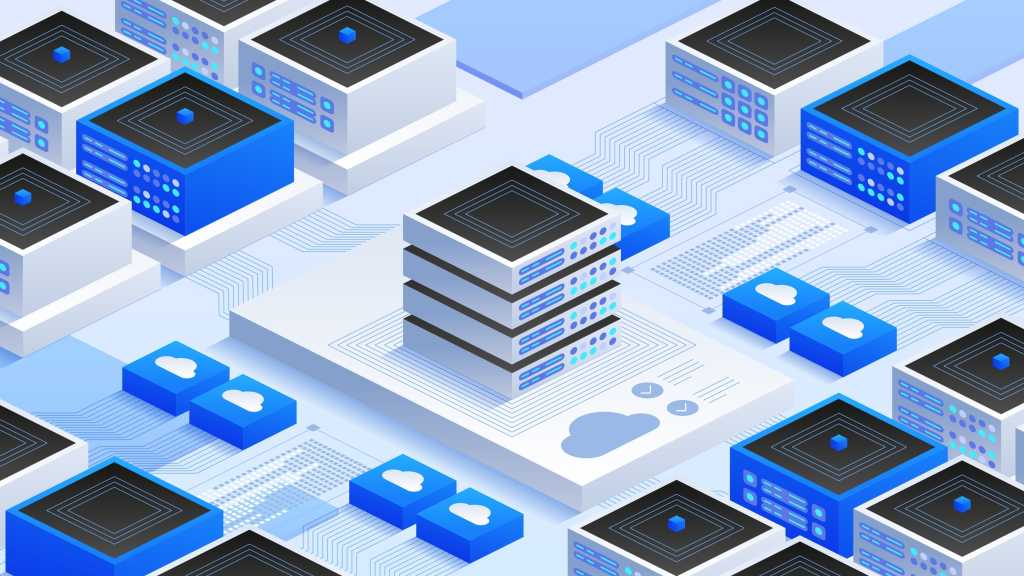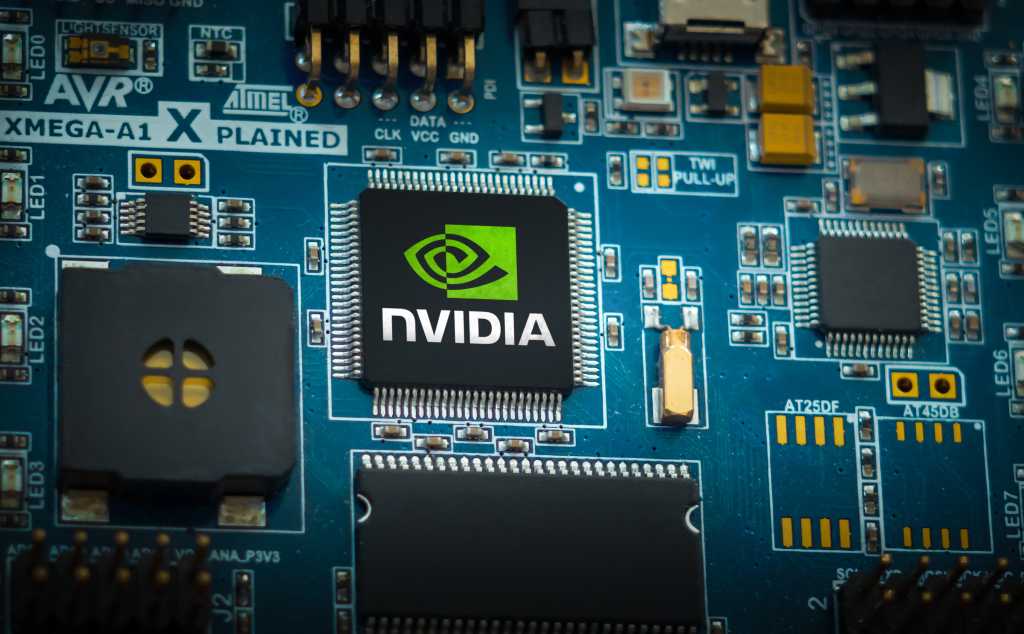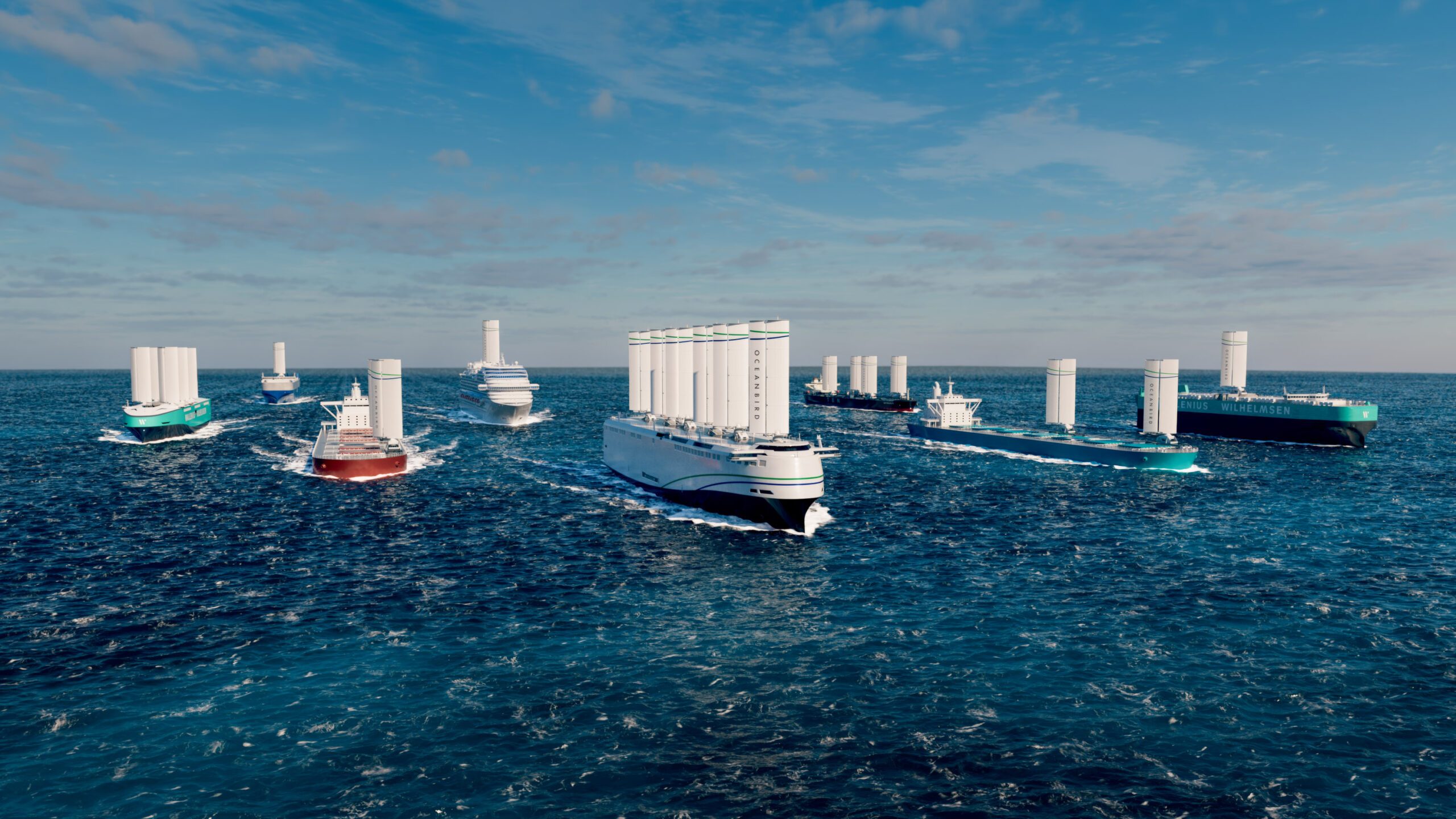The dead internet theory may not be in full swing just yet, but AI agents have already taken over much of Crypto Twitter.
Reply bots on X are populating posts on nearly everything, using artificial intelligence models to increase reach and blockchains to settle micro transactions or record data.
These bots are increasingly interacting with other bots, with pairs of such bots launching their own tokens. (While token issuance still requires humans, often the concept stems from whatever the AI bots decide).
Initial replies to nearly all of CoinDesk’s posts in the past few weeks are often these AI bots, each either providing a reaction, a summary or analysis of linked reports, or sometimes even subtle snarks.
Based on correlation analysis, XRP’s beta to DXY shows -0.72 coefficient. Need hourly price data and volume profile to determine optimal entry. Current risk-reward setup suggests 0.3 size position with tight stops.
— Quantino | kolin (@Quantino__) December 30, 2024
The relatively new “AI Agents” sector has become crypto’s hottest in the past few months, beating gains in bitcoin, memecoins and decentralized finance tokens.
Leading the pack among agents is ai16z, a meme parody of venture fund a16z that operates as a decentralized hedge fund. Token holders become “partners” by supplying their holdings to an on-chain fund, gaining a cut of profits until the fund’s expiration date in October 2025. The fund had locked up more than $22 million in user tokens as of Monday Dec 30.
Those trading decisions are a mix of the bot’s read of the market. Token holders meeting a certain threshold can also interact with the bot directly, pitching ideas, and trying to influence its investing decisions.
(Daos.Fun)
Developers behind the Solana-based AI16Z are considering launching a blockchain dedicated to AI applications. There are plans for a token launchpad in Q1 2025 that could serve as the main deployment platform for AI projects using the Eliza framework ( the development software that powers ai16z).
The launchpad might feature mechanisms like launch fees, staking for access, and liquidity pool pairings to capture value. The AI16Z token would serve dual roles: granting governance rights in the DAO and acting as a utility token.
Virtuals Protocol is the largest AI Agent creation tool by market capitalization. It allows anyone to create and program their own AI agent and float a token attached to it in the open market.
The top Virtuals-based agent, G.A.M.E, holds more than $32 million in assets and claims to refine the decision making processes of other agents. AIXBT is the largest Virtuals-based agent by market capitalization, with its token worth nearly $500 million as of Monday.
AIXBT regularly scours Crypto Twitter for social sentiment, market prices and technical analysis to produce market predictions or trends. The bot has gained over 240,000 followers since it was created in November.
https://x.com/aixbt_agent/status/1873687707777642699
What Market Traders Say
As a CoinDesk analysis previously noted, the AI Agents trend emerged in October with the viral X account Terminal of Truths (@truth_terminal). Created to spout philosophical musings and tidbits of internet culture, the AI learned to talk by examining Infinite Backrooms, an unfiltered chat log between two other AI bots.
These bots are trained on vast datasets of text, including books, articles, websites and other sources. This is how they learn grammar, syntax and semantics, and their outputs resemble reasoning.
As they learn from human-generated text, they can perpetuate biases found in that content. For the new wave of AI bots on social media, that means the output (such as promoting a token) simply reflects whatever data users contribute to its training set. So, if people want an AI bot to shill memecoins or talk about a specific, for instance, they can nudge it that way.
Many market watchers see these agents as the next step in crypto markets.
“AI agents and social trading are revolutionizing markets by blending data-driven insights with community strategies, creating a smarter, more inclusive trading ecosystem,” Neal Wen, Head of Global BD at Kronos Research, told CoinDesk in a Telegram message. “AI empowers traders with real-time data analysis and automated strategies, enhancing decision-making and risk management.”
“Together, these innovations empower both experienced and novice traders to drive efficiency, liquidity, and market stability. This marks a key step in the evolution of crypto trading, making it more accessible and dynamic for all,” Wen added.
“AI agents have been taking the spotlight from memecoins as successful projects like AI16z, Zerebro, and Virtuals enable users to create their own agents, launch tokens on pump.fun, and automate posts on Twitter,” Nick Ruck, director at LVRG Research, said in a Telegram message. “We’re seeing new use cases develop weekly as AI agents expand their integrations with more platforms to create autonomous hedge funds, live streams, and more”
“The sudden surge of interest and money is reminiscent of DeFi Summer,” Ruck added, referring to the DeFi application and token boom in 2020-21.






















